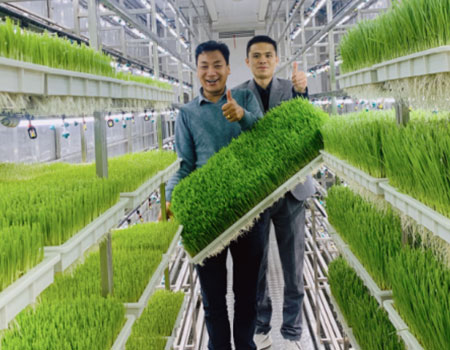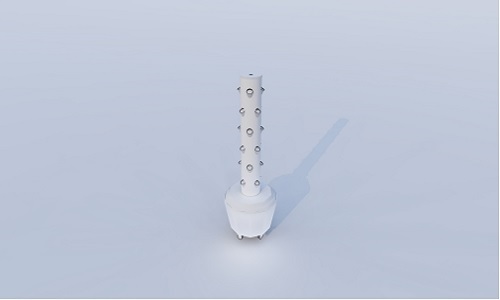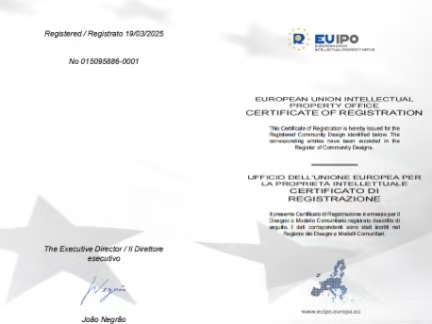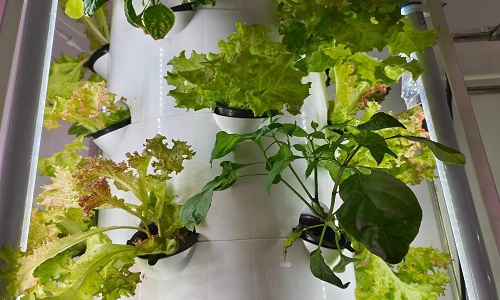In the context of the Great Health Strategy, agriculture will also enter a new period of development.What kind of agriculture is sustainable? How to develop sustainable agriculture? It has always existed in the process of agricultural development. Vertical Hydroponic Farming may be an important direction in the future, and its most obvious advantage lies in its effective and efficient use of space for alleviating soil and water resources.
What is a vertical hydroponic farming?
Vertical Hydroponic Farming is a crop production method that achieves normal plant growth under fully controlled conditions. In a vertical agricultural system, it is possible to maximize crop yield in a limited space by controlling ambient temperature, light, gas, and humidity. It can also avoid wind, rain, and climate change. This production method usually uses very little soil and water, and uses a precise proportion of nutrient solutions to support plant growth.
Vertical agriculture is a very effective method of food production in areas where arable land is scarce. It uses vertical stacking to produce crops, occupying only a small area, and can also be produced in various industrial spaces such as buildings and containers.

What are the advantages of vertical hydroponic farming?
Shorten the supply chain and save costs. Vertical hydroponic farming can be grown in cities, which can be directly supplied to people in need, reducing a lot of transportation distance and time. It not only ensures the freshness of food, but also reduces waste in the supply chain.
Relieve the tension of water and soil resources. The water used in vertical hydroponic farming can be recycled, and crops can achieve normal growth through specially formulated nutrient solutions, which effectively avoids the harm of diseases and pests, thereby reducing the demand for chemical pesticides, and avoiding pollution of water and soil resources.
Crop yield per unit area increased. Vegetables grown using hydroponic techniques have shorter growth cycles, faster growth rates, and can be stacked within a certain space. This means that more food can be grown each year in much smaller spaces than traditional farms. The grain yield per unit area of vertical farms can reach more than 300 times that of traditional farms.
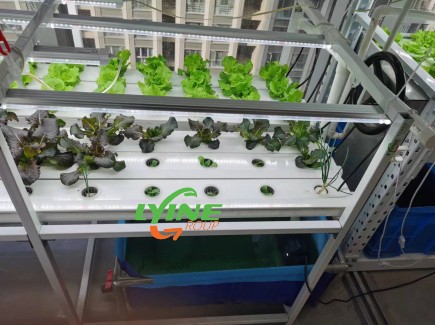
What are the applications of vertical hydroponic farming?
Vertical hydroponic farming has many subdivided systems, and different systems have different effects.
The hydroponic tower system is the most typical representative of vertical agriculture, which is mostly used for indoor planting in households.Its advantage lies in its vertical planting structure, which can effectively utilize vertical space and reduce floor area. It is very suitable for urban residents who will never have enough space. And it is an automated operation that does not require too much effort to achieve freedom of vegetables and fruits.Typical examples of vertical hydroponic farming include NFT systems, ZIP systems, and EBB and flow table.
With the continuous development of society, the agricultural industry on which people rely for their survival must also keep pace with the progress of the times. Only in this way can people and nature coexist in harmony.



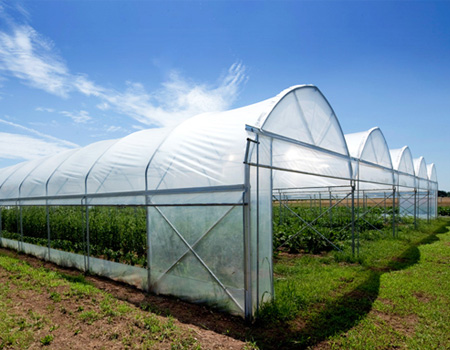
.jpg)
